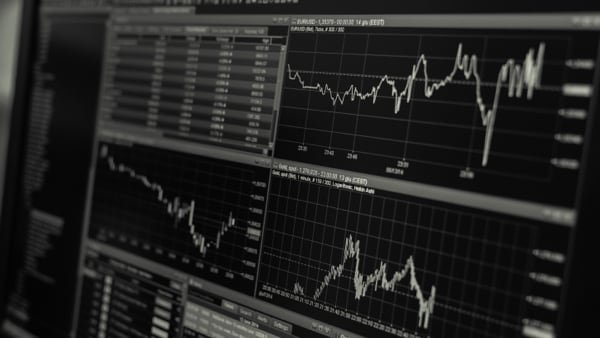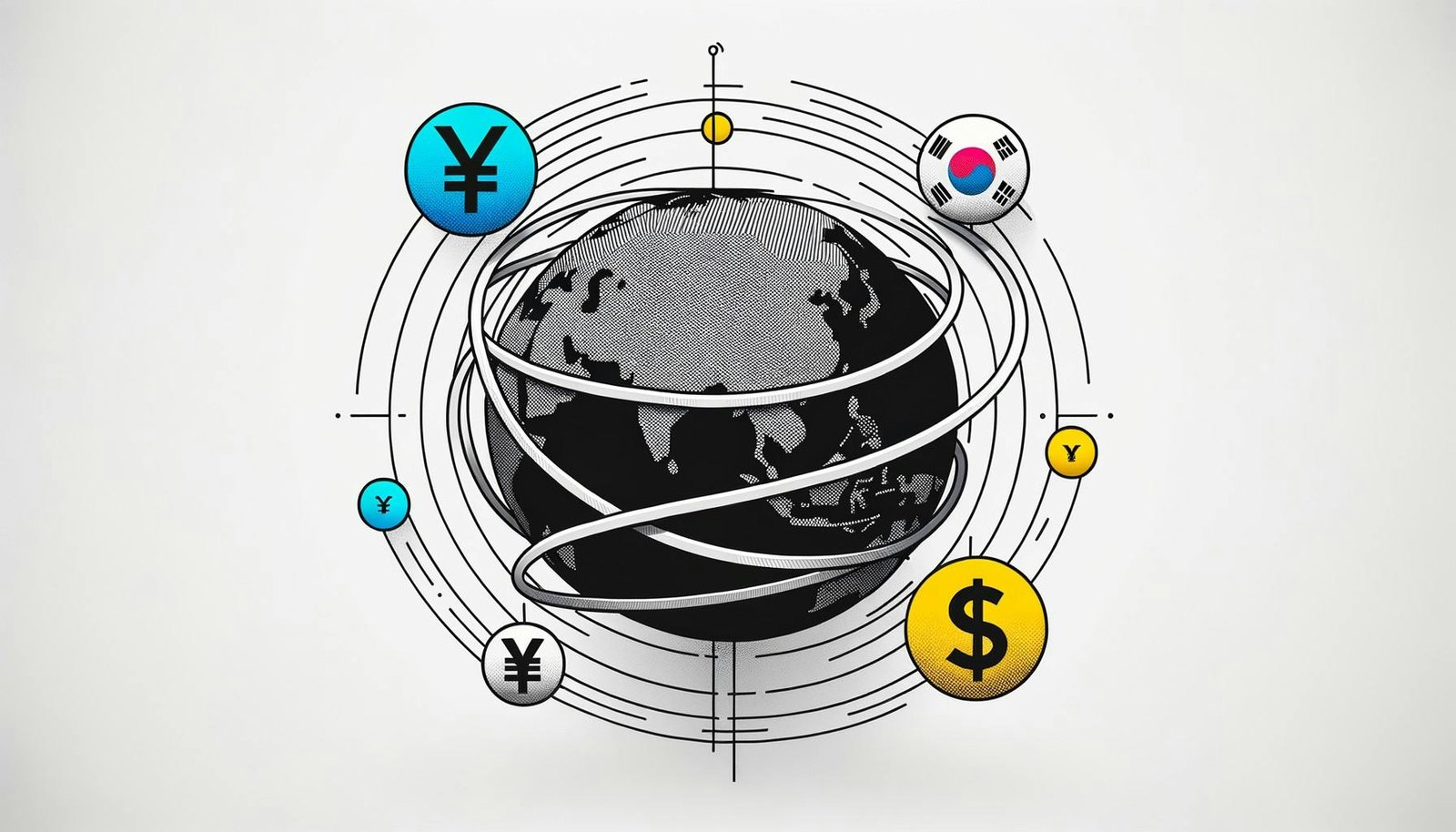MUMBAI (Reuters) -The Indian rupee trimmed most of its intraday gains but still ended higher on Monday, with traders citing likely intervention by the Reserve Bank of India through state-run banks to support the currency near the 88/dollar level.
The currency opened marginally higher at 87.9350 to the U.S. dollar, up from 87.9750 on Friday. It advanced in early trade to touch the day’s high of 87.7475.
Traders said the rupee rose with support from state-run banks, likely acting on behalf of the Reserve Bank of India, adding that the unit strengthened after these banks stepped in early and the momentum continued once their dollar sales slowed, before the currency settled at 87.9275.
“Once there was clarity that the central bank had become less active, importers took over, which led to a 20-paisa move,” a senior trader with a state-run bank said.
The RBI had stepped in aggressively last week, conducting pre-market interventions on at least two occasions to stem the rupee’s slide past record lows.
Dollar sales from the central bank triggered a pullback in USD/INR, flushing out speculative long positions and improving the near-term outlook for the local currency.
Equity flows have also turned supportive, with overseas investors buying a net of more than $1 billion over the past week.
“The rupee commenced the week on a front footing, buoyed by the resilience of risk assets augmented by foreign fund inflows and the gain was further accelerated by the backdrop of a holiday-truncated week,” said Dilip Parmar, a foreign exchange research analyst at HDFC Securities.
The discernible, yet susceptible, intervention by the central bank also helped, he added.
Meanwhile, the market showed little reaction to U.S. President Donald Trump’s comments, in which he reiterated that India would face “massive” tariffs if it failed to comply.
(Reporting by Dharamraj Dhutia and Nimesh Vora; Editing by Harikrishnan Nair and Nivedita Bhattacharjee)







